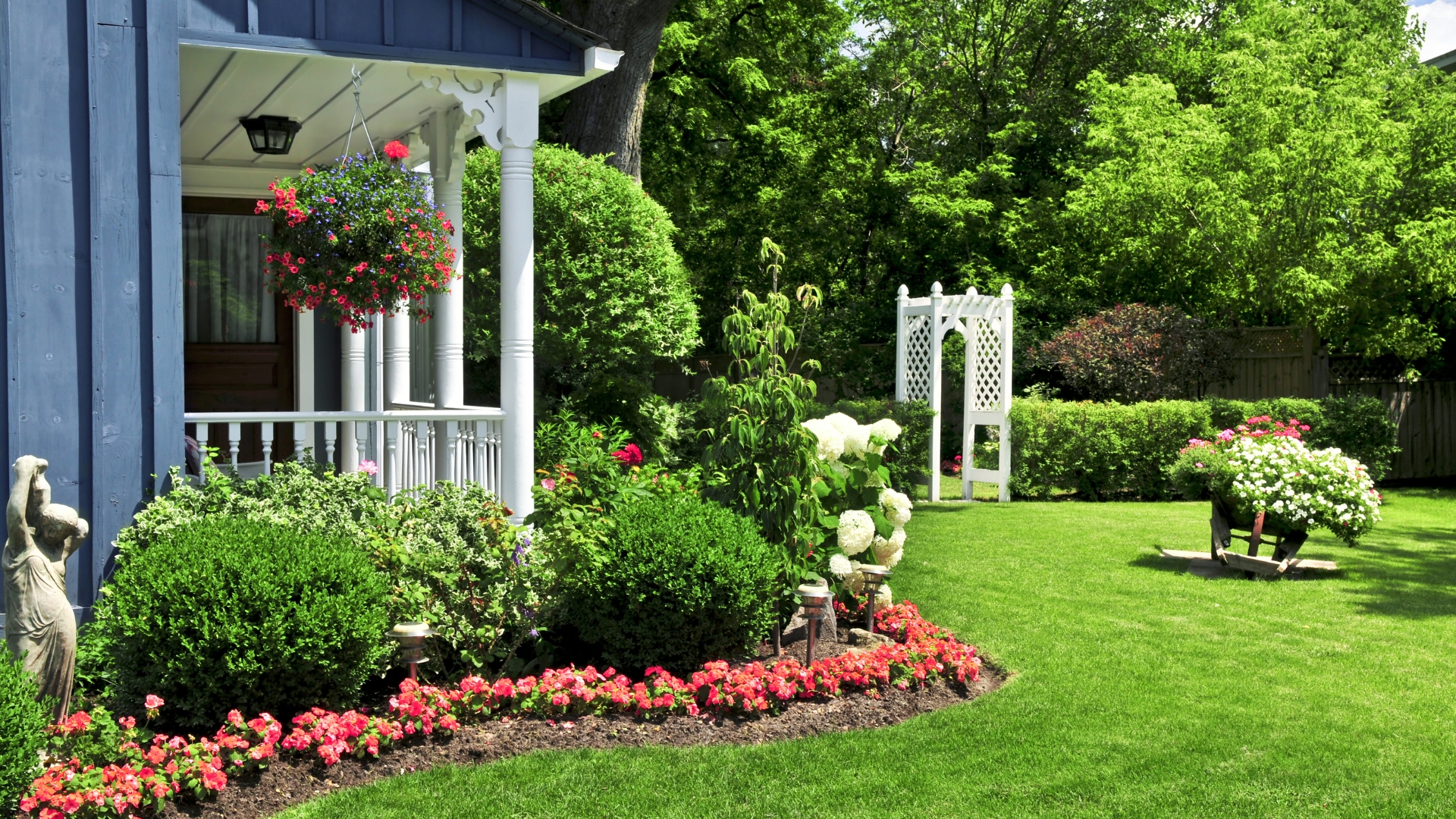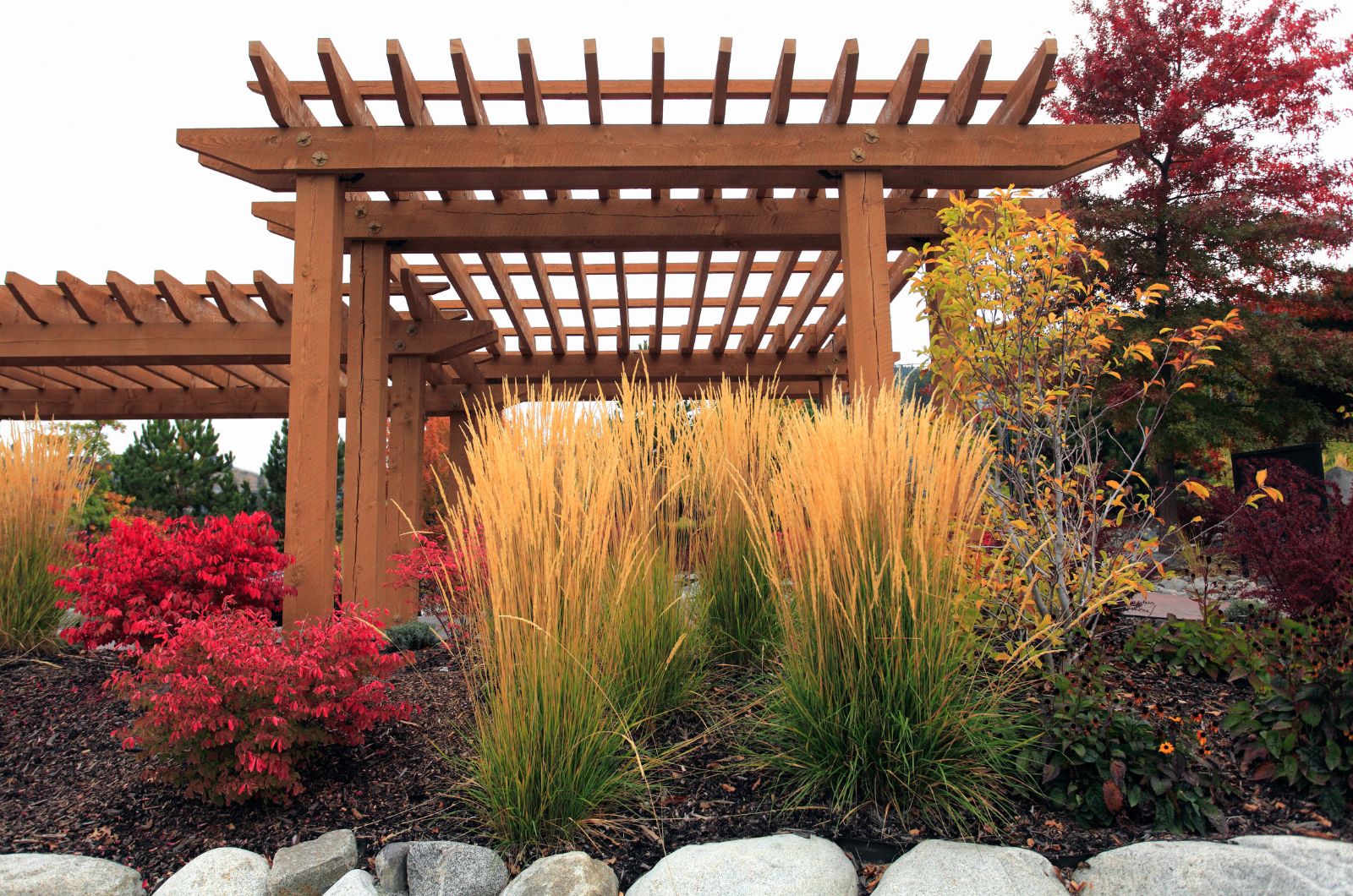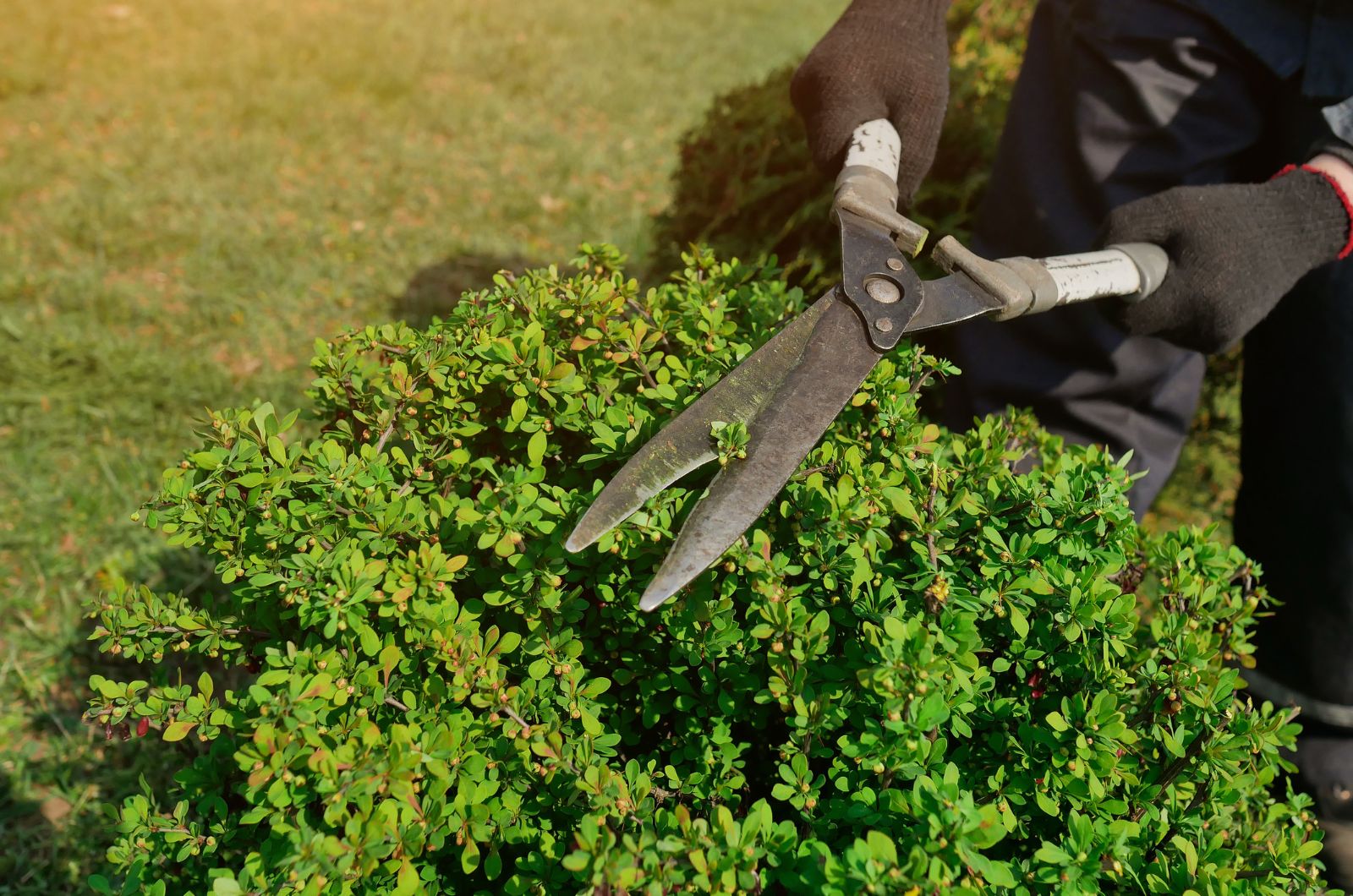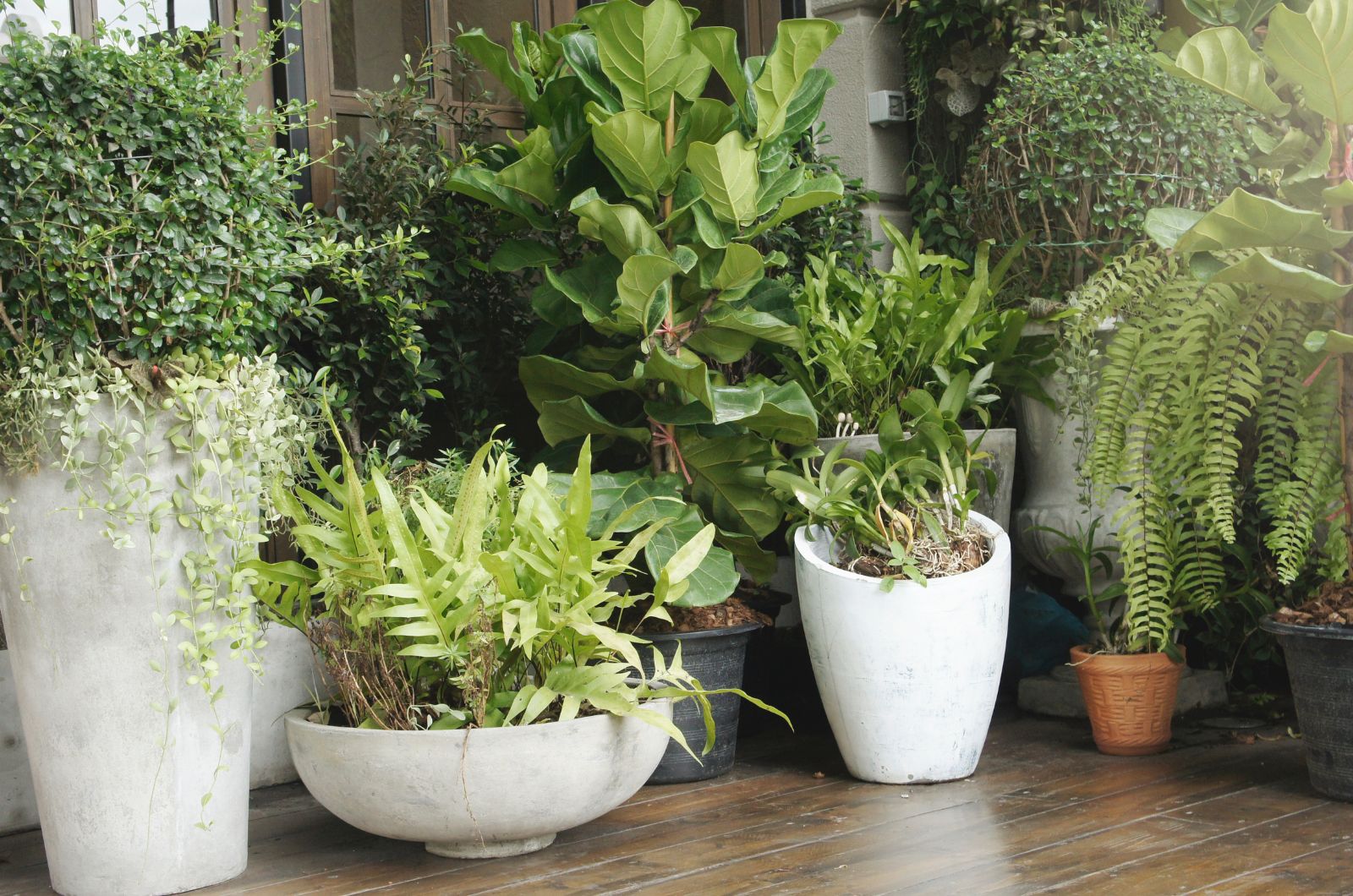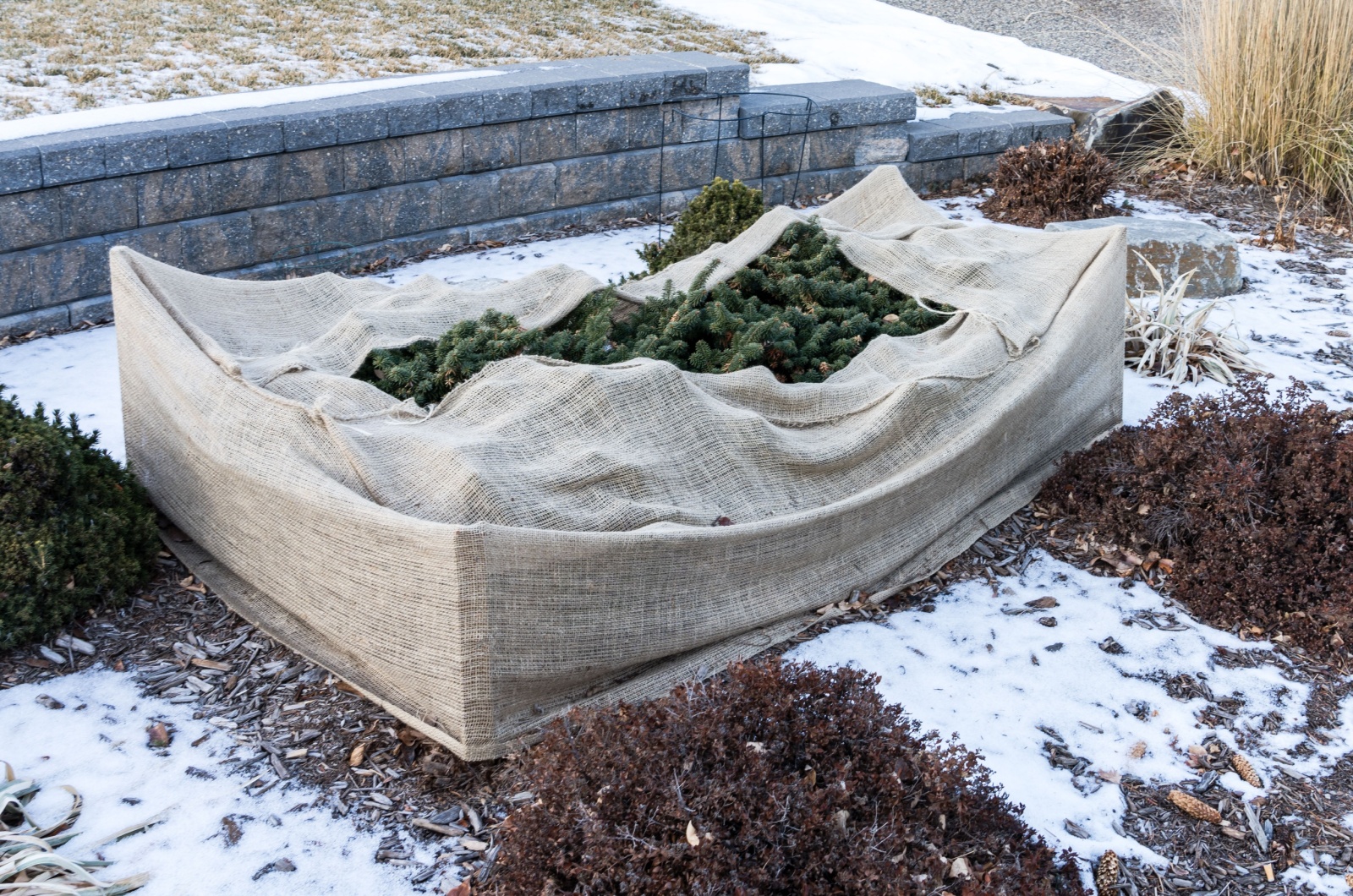We’ve all witnessed dramatic shifts in weather patterns. Gardeners are extremely worried because these changes affect their plants severely.
Cultivating plants during summer is pretty challenging because of the long periods of drought. But high winds during winter make things even harder.
Luckily, there are various measures that offer a level of protection to gardens, even in the most exposed locations.
In this article, I’ll show you some of the best ways to protect plants from wind.
Let’s get started!
1. Trees And Bushes As Windbreakers
No one denies the fact that people are capable of creating excellent barriers for plants, but this cannot be compared to what nature is able to do.
Growing trees has many benefits and the one I especially like is that these green giants can protect smaller plants from wind. Bushes can also do a perfect job, so when choosing a tree or bush, select the species depending on your space and the conditions you can provide.
Many people have asked me why they should choose trees or shrubs over walls and fences for wind protection. The thing is that the latter will just reflect the wind and it will end up damaging other things.
The green giants, on the other hand, will let some wind in but it won’t damage the plants severely.
Another reason why you should grow trees and bushes is that they have deep roots, which means they can soak up all the excess moisture brought by heavy rainfall.
Holly, Laurel, and European Beech are some of the species that you grow.
2. Use Taller Plants To Shield Smaller Ones
If you have limited space and can’t grow any trees or bushes, simply combine taller and shorter plant species.
This method is especially useful to gardeners who grow veggies. Tall sunflowers or runner beans offer excellent protection to smaller species.
You can also go with smaller fruit trees that will ensure the protection for your vegetable patches, and you’ll have more delicious crops to harvest.
3. Use Trellises Or Pergolas
Many gardeners use trellises or pergolas as structural support for their climbing plants, or for a better visual appeal.
But these structures can also shield your plants from wind. They’ll slow down the wind, reducing the chances of damage to other species.
4. Prune Top-heavy Plants
Sometimes, installing structures or planting new trees won’t be necessary and there will be other ways to protect your plants from wind damage.
For instance, trimming your top-heavy plants can significantly reduce the risk of them breaking in strong wind.
5. Grow Sensitive Plants In Pots
Some plants are more sensitive than others and the wind can easily break them. The easiest solution is to grow them in containers so that you can move them to a sheltered spot.
Wind scorching is a common issue in plants and you can recognize it if your plants display brown leaves.
Overwintering potted perennials can be challenging but, if you have a spot indoors or in a garage, this method is perfect.
6. Make A Burlap Windscreen
You should know that native species typically don’t need any protection from wind because they’re adapted to our particular region.
On the other hand, less resilient non-native plants may struggle to survive strong winds. One method that can help you protect them is to make a burlap windscreen.
I know that burlap is pretty unsightly but, as long as it keeps your plants safe, it’s a good option.
If you grow rhododendrons and similar plants in exposed parts of your garden, a burlap windscreen can protect them.
All you need is 4 wooden stakes, chicken wire, ties, and burlap. Bury the stakes around the plants, attach chicken wire to them using ties, and wrap burlap around the wire. Make sure the burlap doesn’t touch any foliage because it will wick moisture away, resulting in more damage.
I know how disheartening it can be to see your plants damaged by different weather conditions, such as strong winds. The methods I showed you will help you protect your green buddies from damage!

